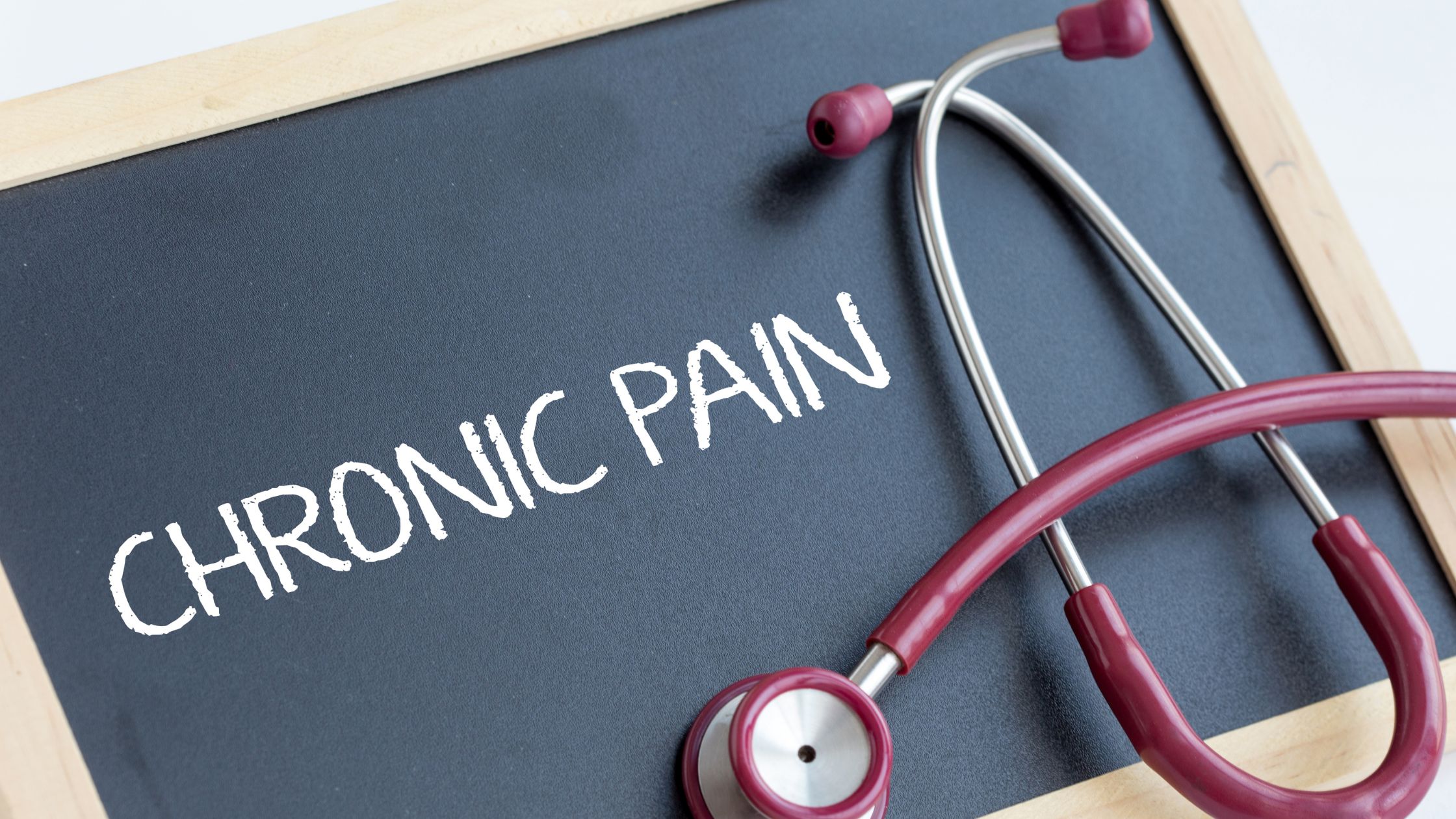Chronic pain can feel like an unwelcome companion—ever-present, interfering with daily activities, and affecting your overall quality of life. For years, opioids were widely prescribed as the go-to solution for managing pain. However, growing concerns about dependency, side effects, and long-term risks have left many seeking natural and sustainable alternatives. The good news? There are many effective ways to manage chronic pain that don’t involve opioids.
Let’s explore some of these options, so you can take charge of your pain and your health.
Lifestyle Modifications for Managing Chronic Pain
Sometimes, relief starts with small changes to your daily habits. Lifestyle modifications can be incredibly effective for reducing pain over time and improving your overall health.
1. Diet and Nutrition
What you eat can play a powerful role in managing chronic pain. Anti-inflammatory foods, such as turmeric, ginger, leafy greens, and omega-3-rich fatty fish, can help reduce pain caused by inflammation. On the other hand, processed foods high in sugar and unhealthy fats can exacerbate it. Start by incorporating whole, nutrient-dense foods into your meals and minimizing foods that trigger inflammation.
2. Exercise and Movement
Regular, gentle movement can work wonders for chronic pain. Low-impact exercises like yoga, swimming, and walking can help improve flexibility, strengthen muscles, and release endorphins—your body’s natural painkillers. Even on days when pain makes movement difficult, small efforts like stretching can provide significant relief.
3. Weight Management
Excess weight can place extra strain on your joints and muscles, worsening chronic pain conditions such as arthritis. By adopting a balanced diet and consistent exercise routine, you can achieve a healthy weight and reduce pressure on pain-sensitive areas of your body.
Mind-Body Techniques
Chronic pain doesn’t just affect your body—it impacts your mind too. Mind-body techniques can help you reframe your relationship with pain and reduce its intensity.
1. Meditation and Mindfulness
Practicing mindfulness can help shift your focus away from pain and toward the present moment. Meditation has been shown to lower stress levels, reduce pain perception, and enhance your overall sense of well-being. Apps like Headspace or Calm can guide you through simple mindfulness exercises.
2. Deep Breathing Exercises
When pain strikes, your body’s natural response may include shallow, rapid breathing, which can increase tension. Deep breathing exercises can calm your nervous system and reduce pain levels. Try inhaling deeply for four counts, holding for four counts, and exhaling for six counts.
3. Cognitive Behavioral Therapy (CBT)
CBT is a therapeutic approach that helps you identify and change negative thought patterns that contribute to pain. By focusing on how you think about pain, you can rewire your brain’s response to it, making it feel more manageable.
Physical Therapies and Modalities for Chronic Pain
Hands-on approaches to pain management can offer targeted relief and improve mobility over time.
1. Physical Therapy
A physical therapist can design a personalized exercise program tailored to your pain condition. These exercises can improve strength, flexibility, and function while reducing pain in the affected areas.
2. Massage Therapy
Massage therapy isn’t just a luxury—it can be an effective tool for chronic pain relief. Regular massages can help reduce muscle tension, improve circulation, and promote relaxation, easing both physical and emotional stress.
3. Acupuncture
Acupuncture, an ancient practice rooted in traditional Chinese medicine, involves inserting thin needles into specific points on the body. Research has shown that acupuncture can help reduce chronic pain by stimulating the release of endorphins and improving blood flow.
Alternative and Holistic Remedies
Natural remedies can complement other pain management strategies, offering additional relief without the risks associated with medications.
1. Herbal Remedies
Certain herbs, like ginger, boswellia (also known as Indian frankincense), and capsaicin, have anti-inflammatory properties and may help alleviate pain. Always consult your doctor before incorporating new supplements to ensure they’re safe and effective for your specific condition.
2. Essential Oils
Aromatherapy can play a supportive role in pain management. Lavender, peppermint, and eucalyptus oils are popular choices for relaxation and soothing discomfort. Applying diluted oils to sore areas or using a diffuser can provide relief.
3. CBD and Medical Cannabis
Cannabidiol (CBD) and medical cannabis have gained traction as alternatives for chronic pain management. They interact with the body’s endocannabinoid system to reduce pain and inflammation. If you’re considering these options, consult a healthcare provider to navigate dosage and legality in your area.
Technology-Assisted Solutions for Chronic Pain
Innovative tools and devices are becoming more accessible, offering additional support for managing pain.
1. TENS Units
Transcutaneous Electrical Nerve Stimulation (TENS) units deliver low-voltage electrical currents to the skin, disrupting pain signals to the brain. These portable devices are non-invasive and can provide immediate relief for some people.
2. Wearable Pain-Management Devices
From smart braces to heat therapy wraps, wearable technology is advancing rapidly. These devices are designed to provide targeted relief and improve mobility, allowing you to stay active while managing pain.
The Role of Support Systems in Managing Chronic Pain
Living with chronic pain can feel isolating, but you don’t have to face it alone. Building a strong support system can make a world of difference.
- Emotional Support: Family, friends, or support groups can offer encouragement and understanding. Sometimes, just sharing your experiences can help lighten the emotional burden of chronic pain.
- Caregiver Assistance: In-home care services can provide personalized support, helping you stay on track with your pain management strategies while maintaining your independence.
When to Consult a Professional
While natural alternatives can be highly effective, it’s essential to know when to seek professional guidance. If your pain persists or worsens despite these strategies, consulting a pain management specialist can help you explore a combination of treatments tailored to your needs. Remember, finding the right balance between natural and medical approaches is key to long-term relief.
Conclusion
Managing chronic pain without opioids is not only possible but empowering. By making thoughtful lifestyle changes, exploring mind-body techniques, and incorporating natural remedies, you can take control of your pain and improve your overall quality of life. It’s a journey that requires patience, experimentation, and support—but the results are well worth it.
Ready to take the first step toward relief? Start small, stay consistent, and don’t hesitate to reach out for help when you need it. Your path to a healthier, more comfortable life begins today.



